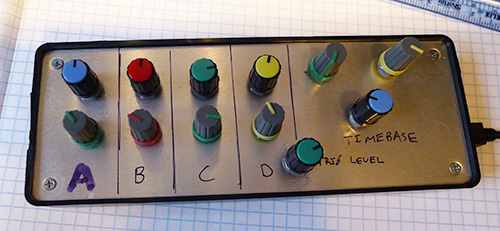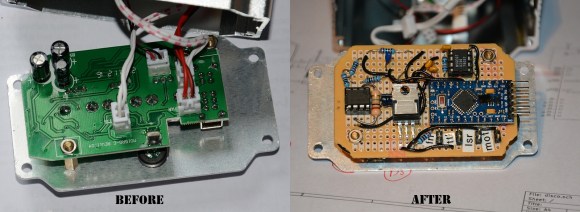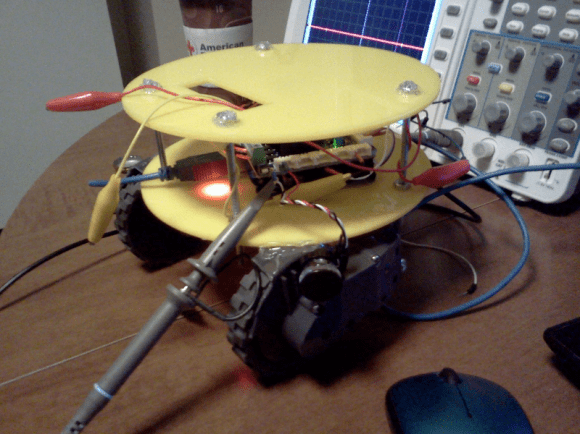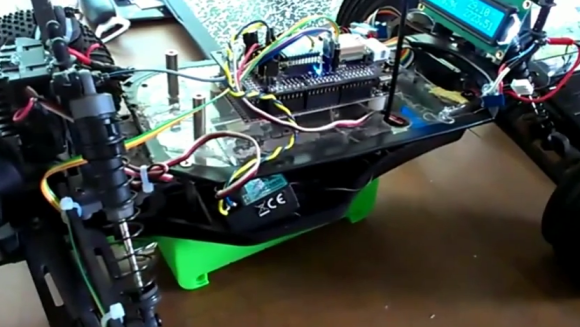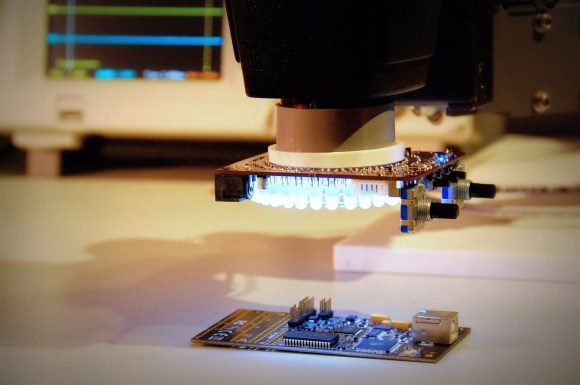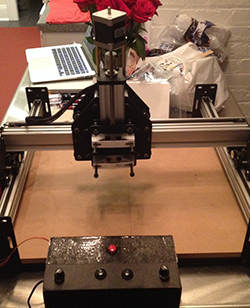 CNC machines have been around for decades, but only recently have small desktop routers, 3D printers, and laser cutters brought G code to the tabletop. Obviously, this is a teaching opportunity, and if you’re trying to get kids interested in the inner workings of machines that build things, you can’t begin with obtuse codes understood only by machines and CNC operators.
CNC machines have been around for decades, but only recently have small desktop routers, 3D printers, and laser cutters brought G code to the tabletop. Obviously, this is a teaching opportunity, and if you’re trying to get kids interested in the inner workings of machines that build things, you can’t begin with obtuse codes understood only by machines and CNC operators.
[johnyang] is building his own CNC controller based on something just about every kid is already familiar with: the Etch A Sketch. He’s retrofitted a small, travel size Etch A Sketch with an LCD, buttons, rotary encoders, and a Raspberry Pi to turn this primitive drawing toy into a machine that generates G code for a Shapeoko 2 CNC mill.
The user interface for this CNC controller is as similar to the Etch A Sketch as [johnyang] can make it – two rotary encoders draw a shape on the LCD, and G code is generated from the drawn shape. Adding a third dimension is a bit of a challenge – it looks like two buttons take care of the up and down movement of the spindle. Still, [johnyang] plans to add the definitive Etch A Sketch feature – holding it upside down and shaking it will reset the CNC to its original state.
There are a few videos of [johnyang]’s progress. You can check those out below.
![]() The project featured in this post is an entry in The Hackaday Prize. Build something awesome and win a trip to space or hundreds of other prizes.
The project featured in this post is an entry in The Hackaday Prize. Build something awesome and win a trip to space or hundreds of other prizes.

